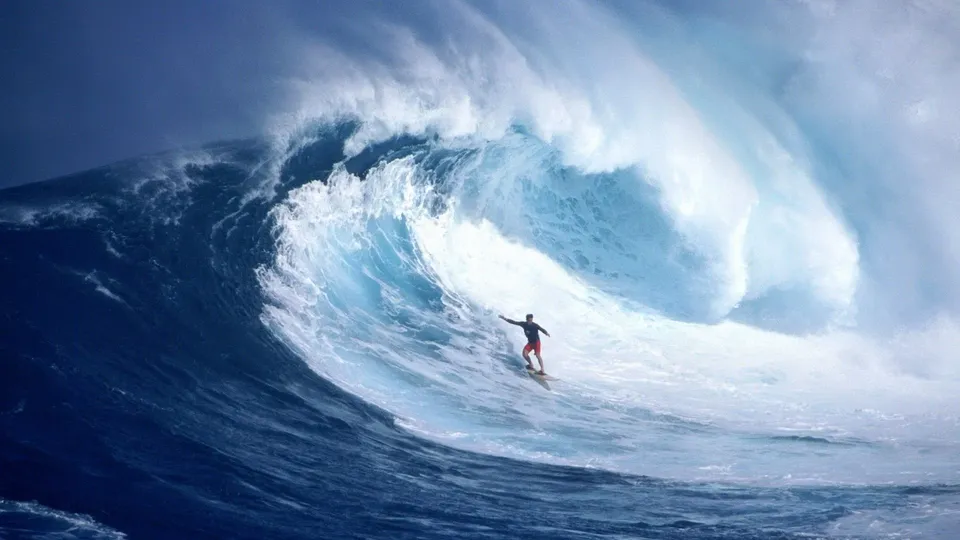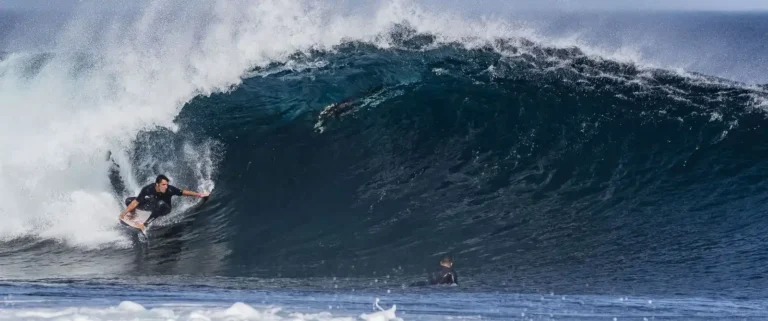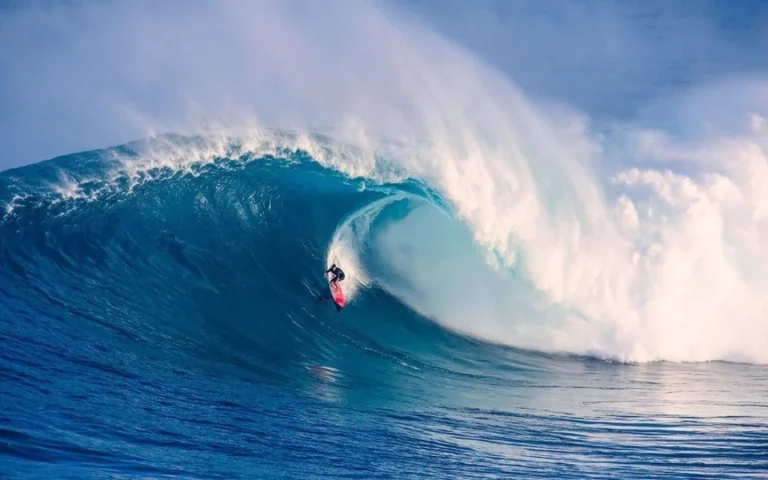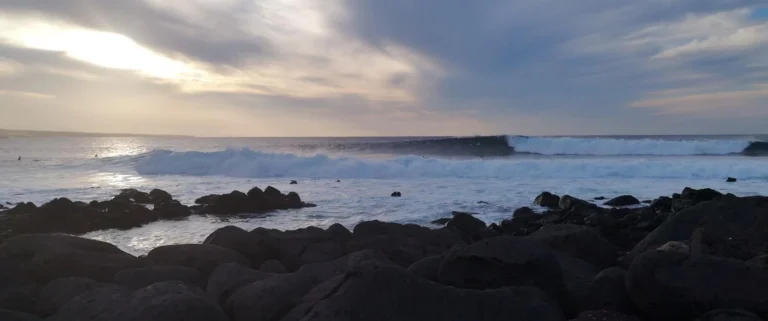What is the Swell and How does it Affect Surfers?
You are in the best moment of your life to take up a new sporting activity and you have chosen one that has always caught your attention but of which you don’t have much knowledge although you have a lot of curiosity, Surfing.
Sea, sun, waves and a lot of adventure with large doses of adrenaline are, without a doubt, the characteristics and qualities that surfing can provide us with.
We know that surfing is about riding waves on a special surfboard; however, before learning how to stand on a surfboard, it is necessary to learn about waves and tides. Among the many peculiarities that surfing has is the one about waves.
What we know colloquially as the swell is transformed for surfing fans into an indispensable element for the development of the sport.
The surfers go looking for the places with the best waves to enjoy the moment, in order to get the best wave and conquer the triumph.
From our surf school we can offer you the best surf camps where you can experience the best sensations that Famara beach has to offer:
What is the Swell in Surfing?
Swell is an English word, whose semantic attribute in reference to surfing is taken from the expression swell.
Swell is the term used among surfers to designate a set of waves that separate and move away from a storm or weather phenomenon that develops in the ocean.
It is a swell generated by the action of some type of meteorological phenomenon, which originates offshore; as it approaches the coasts and beaches, it becomes a wave with special characteristics that allow it to be ridden.
Swells move from the interior of the sea towards the coastal or beach areas in the form of clusters of waves.
The waves used for surfing are those formed from the moment the mass of water hits the specific point where the sea or ocean starts to become shallower.
Thus, the movement generated in the water causes the waves formed on the surface to begin to have a greater height and a degree of inclination, until they finally break on the shore and it is possible to ride or surf them.
The swell is affected by the winds in the area where they are generated and the tides, depending on the time of day and general weather conditions.
Remember to visit all our surfcamp offers in the Canary Islands, so you can enjoy and get to know the real Swell concept first hand.
What is the Wave Swell?
Swell waves tend to have characteristics of regular movements with slight swells; however, these conditions may vary according to weather variables, particularly winds, as they approach the coast.
The important thing for surfers should be the direction of the wave at the moment of entry, as each beach has its own orientation and characteristics that directly influence the way the waves behave.
Tidal and climatic factors in the area also affect the way the waves act and react.
Waves have two movements and these are what define the type of wave created.
- Circular motion: these are movements in circles made by the wave; it is the oscillation of the medium as it is moved by the wave.
- Wave speed: the energy transmitted determines the way the wave moves.
At times when major weather phenomena such as tropical storms or even hurricanes occur, we are likely to see surfers with their boards looking for an ideal moment to ride waves and experience the maximum thrill and adrenaline generated by the experience.
As we have seen, in the world of surfing there is a typical surfing jargon and to become familiar with it is a challenge to achieve in this environment, in our surf school in the Canary Islands this is very important for us, as developing all this vocabulary will allow us to bond even more in this beautiful and rewarding environment.















